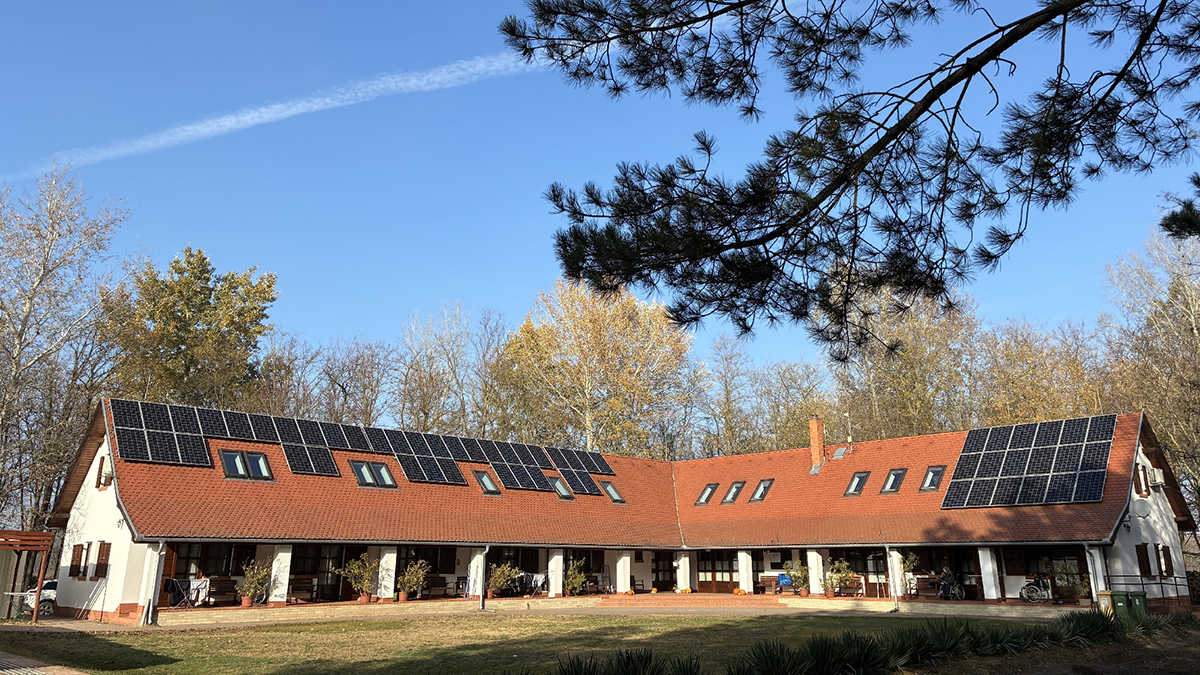The nuclear non-proliferation regime is fraying, as evidenced by the demise of multiple key treaties and Russia’s recent suspension of its participation in the last remaining, landmark nuclear weapons treaty, New START. As Russia is a nuclear great power, its war with Ukraine has always had an unavoidable and currently passive nuclear dimension.
During the Cold War, the USSR conducted over seven-hundred nuclear tests, while the United States over a thousand. But since the end of the Cold War, nuclear tests have halted. In 1990, the Threshold Test Ban Treaty was ratified, and in 1996, the Comprehensive Test Ban Treaty (CTBT) was opened for signature. While ratified by Russia, it has not entered into force, as the United States, among seven other states including China and India, failed to ratify it (Washington following a self-imposed moratorium on nuclear testing). Since 1998, nuclear tests have been conducted solely by North Korea, as other nuclear weapons states did not see the value in doing so.
Given their dearth, why would Russia even consider conducting a nuclear test now? The underlying assumption is that Moscow’s calculus on nuclear testing may change since Russia is in active war that it is does not appear to be winning. In consequence,
a potential nuclear test is examined through a wartime lens and treated to be part of the Russia’s “hybrid methods” of warfare, a strategy that combines political, military, diplomatic, economic, and other components to achieve a desired outcome.
What could be the rationales that may lead to a potential decision to test?
The simplest rationale that comes to mind is reciprocity. In his February state of the nation remarks, President Putin said that, if the United States were to conduct a nuclear test, Russia would reciprocate. This fits in with Russia’s self-perception of being a great power similar to the United States. But, given that the U.S. has not given any indication of its own willingness to change its self-imposed moratorium on testing, Russia’s President was not in fact responding to anything, but instead initiating. As such, this statement should not put us at ease, and rationales based on non-reciprocity are to be explored. After all, Russia may construe U.S. nuclear policy, including its refusal to ratify the CTBT and recent decisions such as the nuclear-deterrence focused Washington Declaration, signed the United States and South Korea, as a sign of inevitability of an incoming U.S. nuclear testing. This could lead to Russia engaging in, what in its mind is, or could be outwardly construed as, a pre-emptive Russian nuclear test.
The three most plausible rationales based on non-reciprocity why Russia could conduct a nuclear test are military capability concerns, narrative influence, and signalling. Perhaps the clearest reason for a nuclear test is a military-capability rationale.
A Russian nuclear test would need to happen because an aging nuclear weapons stockpile is assessed to be not fully reliable without an evidence-based test.
Nuclear testing here would be an effort to assess and demonstrate the continued potential usability of Russia’s nuclear arsenal, which could be warranted because the war has made these concerns sufficiently acute for Russia.
The second plausible rationale to test is for Russia to attempt to influence the ongoing international narrative about the war. As the war continues without the appearance of significant Russian gains and international media coverage focuses on Ukraine’s unexpected resilience and military prowess, increasing pressure on Putin to counter the narrative that Russia is “weak” may lead Putin to conclude that a nuclear test is needed to sway the narrative. The reasoning would likely follow that
a test would be a stark and potent reminder (but not a direct escalatory step) of Russia’s nuclear great power status.
It could also be a method to introduce further uncertainty about when and under what conditions Russia would resort to nuclear weapons in the war with Ukraine.
The third potential rationale to initiate a nuclear test is for Russia to send a signal. Signalling is a policy tool with political, military, and other dimensions that a state may use to achieve certain objectives, usually attempting to influence an opponent. A nuclear test can be a form of signalling to a general audience about the tester’s resolve. But it may also be a direct message to a specific or particular audience. A nuclear test may be conducted
to compel Ukraine to discontinue fighting.
Seen as a message to the United States, the rationale behind a test would be to attempt to deter the U.S. from continuing its military and intelligence support of Ukraine, either through altering the government’s decision-making calculus or unsettling the U.S. domestic political situation. A very similar logic could apply to European states supporting Ukraine if they were to be the intended audience. But a test may be a signal to Russian domestic actors, either as an attempt at reassurance of the public or as deterrence of Putin’s adversaries. But the message may be for an audience outside the conflict-zone itself. Putin may believe that such an action would demonstrate his resolve and increase his credibility in the eye of Beijing. The test may also be perceived by Putin as a sign to deter the rest of the world from picking sides.
Do these multiple potential rationales mean that Putin will necessarily conduct a non-reciprocal nuclear test? No. A potential nuclear test would also be an isolating factor for Russia from most of the states of the world, which is a strong constraining factor that Putin has to take into consideration. Further, the response from Russia’s adversaries (but also partners, and those non-aligned) to a nuclear test is unpredictable at best. As such, none of these rationales may provide sufficient perceived benefits to overcome the likely political fallout.
Can we then fully eliminate the possibility of a nuclear test? Unfortunately, also no, as with sufficient pressure, one or more of rationales may combine together, changing the calculus. The changing conditions of the war may also lead to increased risk-taking behaviour from Putin. But as of now, it seems that the nuclear taboo, the norm of non-use of nuclear weapons, has been sufficiently internalized by many states over the past decades to deter them from taking nuclear escalatory steps. This taboo, coupled with the opaque nature of the relationship between nuclear testing and nuclear weapons use, cautions Russia to turn the nuclear dimension of its war into action.
The author is Director of the Institute for American Studies at the University of Public Service, Budapest, Hungary
For the Hungarian version of this article click here.
The cover photo is of a Russian medium-range ballistic missile with a nuclear warhead RSD-10 "Pioneer".




